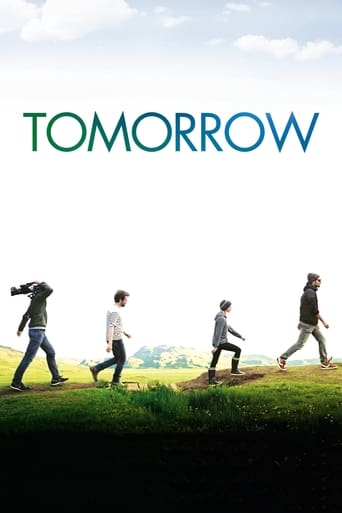
15 Nov 2015

Tomorrow
Climate is changing. Instead of showing all the worst that can happen, this documentary focuses on the people suggesting solutions and their actions.

A scarecrow wanders in the countryscape of the french department of the Mayenne. It watches secretly over the transformation of the rural world since the end of the peasantry civilization. This film explores the memory of the local landscape that retains traces of ancient heritage. But this memory is endangered.
Self
Self
Self
Self
Self

Self
Self
Self

15 Nov 2015

Climate is changing. Instead of showing all the worst that can happen, this documentary focuses on the people suggesting solutions and their actions.
09 Dec 2012
This documentary exposes the massive public health dangers of genetically modified organisms (GMOs). The film features the world's leading scientists, physicians, professors, politicians, attorneys, and environmental activists who reveal the frightening truth surrounding the vast use of GMOs in our food supply. You'll see the deception and deep layers of corruption being perpetuated against the public at large by the world's largest and most powerful biotechnology companies, chemical companies, agricultural companies, and governments.
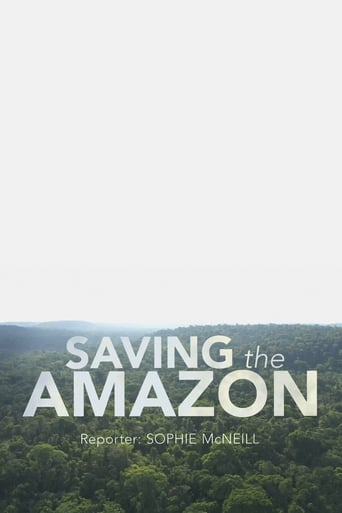
23 Mar 2020

The Amazon plays a vital part in regulating the planet's temperature. Yet, last year, forest destruction in the Brazilian Amazon soared by 85 per cent. Illegal logging and slash-and-burn agriculture are decimating the land. With huge profits to be made, the Amazon is a dangerous place to ask questions. Despite the threat, the Amazonian tribes want the world to hear their message.
13 Aug 2009
Tar Creek is an environmentally devastated area in northeastern Oklahoma with acidic creeks, stratospheric lead poisoning and enormous sinkholes. Nearly 30 years after being designated as a Superfund cleanup program, residents are still struggling.
01 Jan 1952
No overview found
01 Jan 1952
No overview found
01 Jan 1952
No overview found
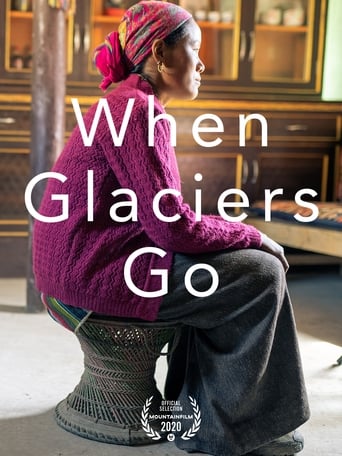
15 May 2020

A diminishing water supply is driving people from their land in a remote region of Nepal. The younger generation of the Gurung family adapts by commuting from their ancestral home, where subsistence depends on grazing goats and cows, to a village that has a commercial apple orchard, fed by irrigation. “We cannot give up cultivating our fields,” a elderly man explains. “The apple farm is not going to be able to feed us easily.” The older generation believes that water shortages stem from road building and bulldozing, upsetting the natural order, a young man explains. Both generations fly prayer flags, beseeching water.
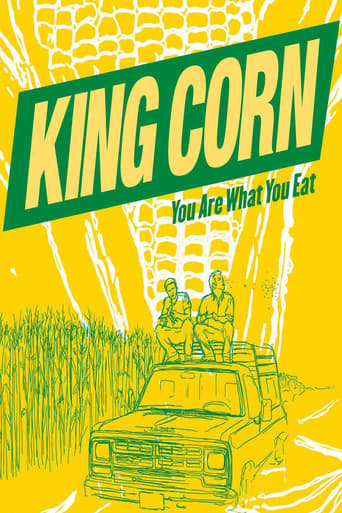
12 Oct 2007

King Corn is a fun and crusading journey into the digestive tract of our fast food nation where one ultra-industrial, pesticide-laden, heavily-subsidized commodity dominates the food pyramid from top to bottom – corn. Fueled by curiosity and a dash of naiveté, two college buddies return to their ancestral home of Greene, Iowa to figure out how a modest kernel conquered America. With the help of some real farmers, oodles of fertilizer and government aide, and some genetically modified seeds, the friends manage to grow one acre of corn. Along the way, they unlock the hilarious absurdities and scary but hidden truths about America’s modern food system in this engrossing and eye-opening documentary.
31 Dec 1950
Document about the achievements of unified agricultural cooperatives in Slovakia. In the form of an excursion, he takes the viewer around individual cooperatives in order to convince him of the success of new working methods in agriculture.
31 Dec 1950
A film about the experiences that Czechoslovak peasants gained on a study trip to the Soviet Union.
01 Jan 1949
No overview found
31 Dec 1950
A film about new forms of agricultural production in Slovakia.
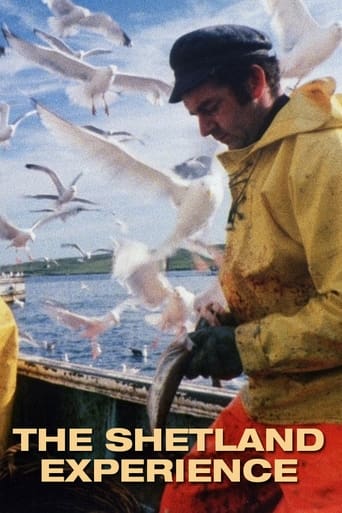
01 Jan 1977

The environmental measures taken by the oil industry at the Sullom Voe terminal in the Shetlands.
31 Dec 1950
Agitka about a peasant who joined a unified agricultural cooperative when he became convinced of the benefits it provides.
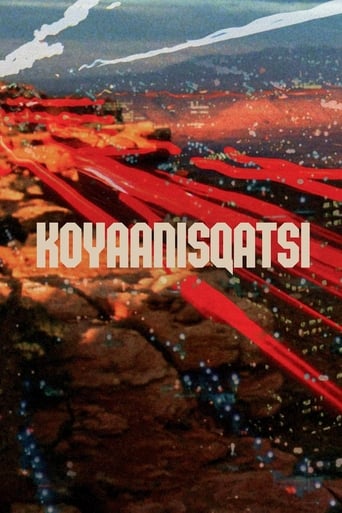
27 Apr 1983

Takes us to locations all around the US and shows us the heavy toll that modern technology is having on humans and the earth. The visual tone poem contains neither dialogue nor a vocalized narration: its tone is set by the juxtaposition of images and the exceptional music by Philip Glass.
05 Feb 1986
How safe is the future of the world’s food? This documentary explores a growing crisis in world agriculture. Plant breeding has created today’s crops, which are high yielding but vulnerable to disease and insects. To keep crops healthy, breeders tap all the genetic diversity of the world’s food plants. But that rich resource is quickly being wiped out. (NFB)
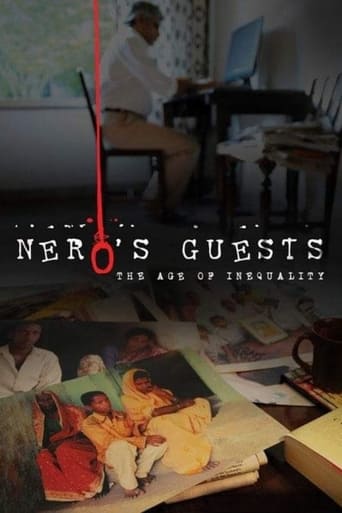
01 Nov 2009

Nearly 2, 00, 000 farmers have committed suicide in India over the last 10 years. But the mainstream media hardly reflects this. Nero´s Guests is a story about India’s agrarian crisis and the growing inequality seen through the work of the Rural Affairs Editor of Hindu newspaper, P Sainath. Through sustained coverage of the farm crisis, Sainath and his colleagues created the national agenda, compelling a government in denial to take notice and act. Through his writings and lectures, Sainath makes us confront the India we don’t want to see, and provokes us to think about who ‘Nero’s Guests’ are in today’s world.
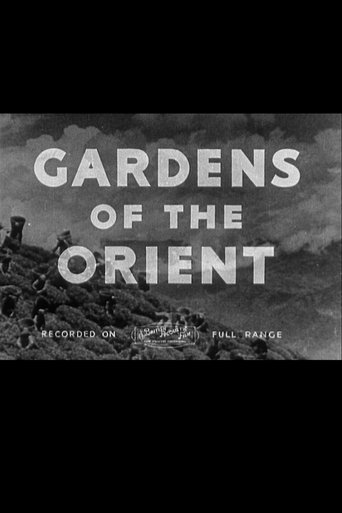
01 Jan 1936

This portait of life on the tea plantations is decidedly rosy – clearly, there are no exploited workers here. However, the film provides an intriguing overview of tea production – from the planting of tea seeds to the final shipping of the precious leaves across the globe.
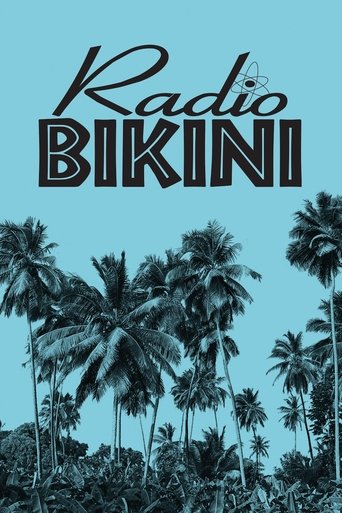
12 Mar 1988

It starts with a live radio broadcast from the Bikini Atoll a few days before it is annihilated by a nuclear test. Shows great footage from these times and tells the story of the US Navy Sailors who were exposed to radioactive fallout. One interviewed sailor suffered grotesquely swollen limbs and he is shown being interviewed with enormous left arm and hand.